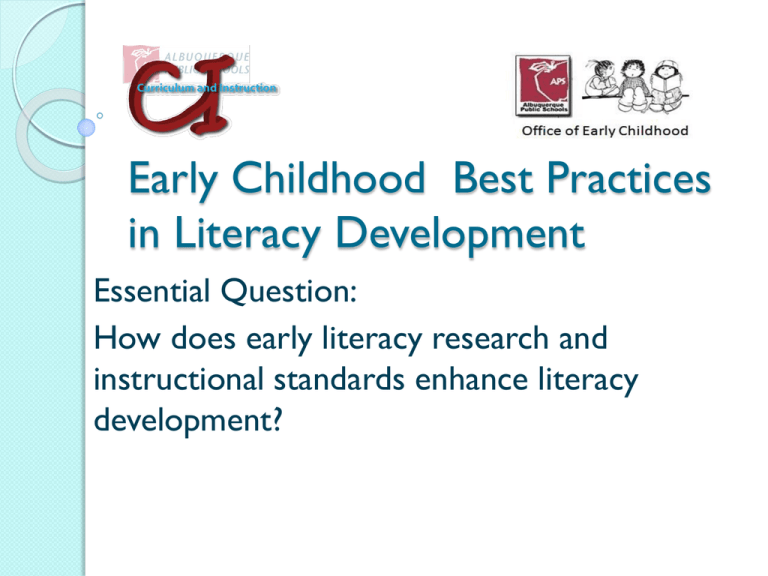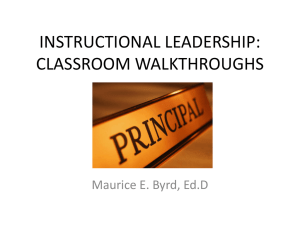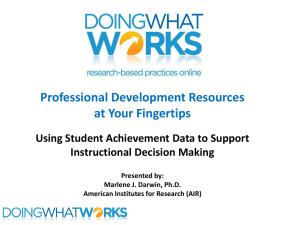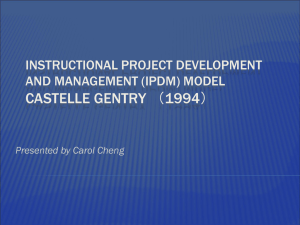Early Childhood Best Practices in Literacy Development
advertisement

Early Childhood Best Practices in Literacy Development Essential Question: How does early literacy research and instructional standards enhance literacy development? EC Literacy Development Professional Learning Goals Participants will: Discuss classroom strategies that will help students be successful in kindergarten and beyond Practice effective instructional routines Evaluate their own curriculum in comparison to Treasures’ scope and sequence Grouping for Instruction Schedule of your literacy block What is your school doing now? What concerns do you have for the children? How long for whole group time? What about transitioning to small groups? Is your current practice developmentally appropriate- are you considering your children's needs and abilities when you plan your instructional time? Grouping for Instruction Key instructional opportunities: ◦ Whole group Involve all students Model expectations Introduce new information Review previously taught concepts Grouping for Instruction Key instructional opportunities: ◦ Small group All students actively engaged Majority of teaching occurs at this time Individual needs met Students are more likely to participate Individual assessments possible Grouping for Instruction Key instructional opportunities: ◦ Independent work Allows time for students to practice new skills and concepts Students take responsibility for learning Students plan their learning goals Grouping for Instruction Resources provided to EC Leaders in previous years: ◦ The Daily 5- Fostering Literacy Independence in the Elementary Grades- Gail Boushey and Joan Moser, Stenhouse Publishers ◦ Literacy Work Stations- Making Centers Work – Debbie Diller , Stenhouse Publishers Grouping for Instruction Work with a partner to complete the hand out: Grouping for Instruction Share out with whole group Read Handout- Differentiated InstructionGrouping for Success Use the Say Something protocol for discussion Instructional Routines High Frequency Words ◦ Explicit teaching of high frequency wordsHandout ◦ Treasures High Frequency Words instructional routine –Handout ◦ Practice instructional routine with a partner ◦ Comparison of words from DRA 2 and Treasures- Handout Instructional Routines Robust Vocabulary – ◦ Importance of explicitly teaching Tier 2 words ◦ Example using Dr DeSoto by William Steig How to add vocabulary- handout Share out- other books and vocabulary words you teach ◦ Treasures Robust Vocabulary Instructional Routine - handout ◦ Practice routine Instructional Routines Comprehension Strategies and Skills ◦ ◦ ◦ ◦ Comprehension strategies adults use Definition of a strategy Definition of a skill Treasures Comprehension Instructional Routine- handout ◦ Discuss similarities and differences from what you currently do Transitions that Teach Revisit handout- Grouping for Instruction ◦ Discuss current routines and transitions. ◦ How do they reinforce learning for the students? Share ideas and suggestions Scope and Sequence Review Compare the handout on Scope and Sequence of Instruction for Treasures to what you are currently teaching Are there gaps or overlapping areas in your curriculum? What changes should you consider as a grade level to better prepare your students for success in the coming years?







